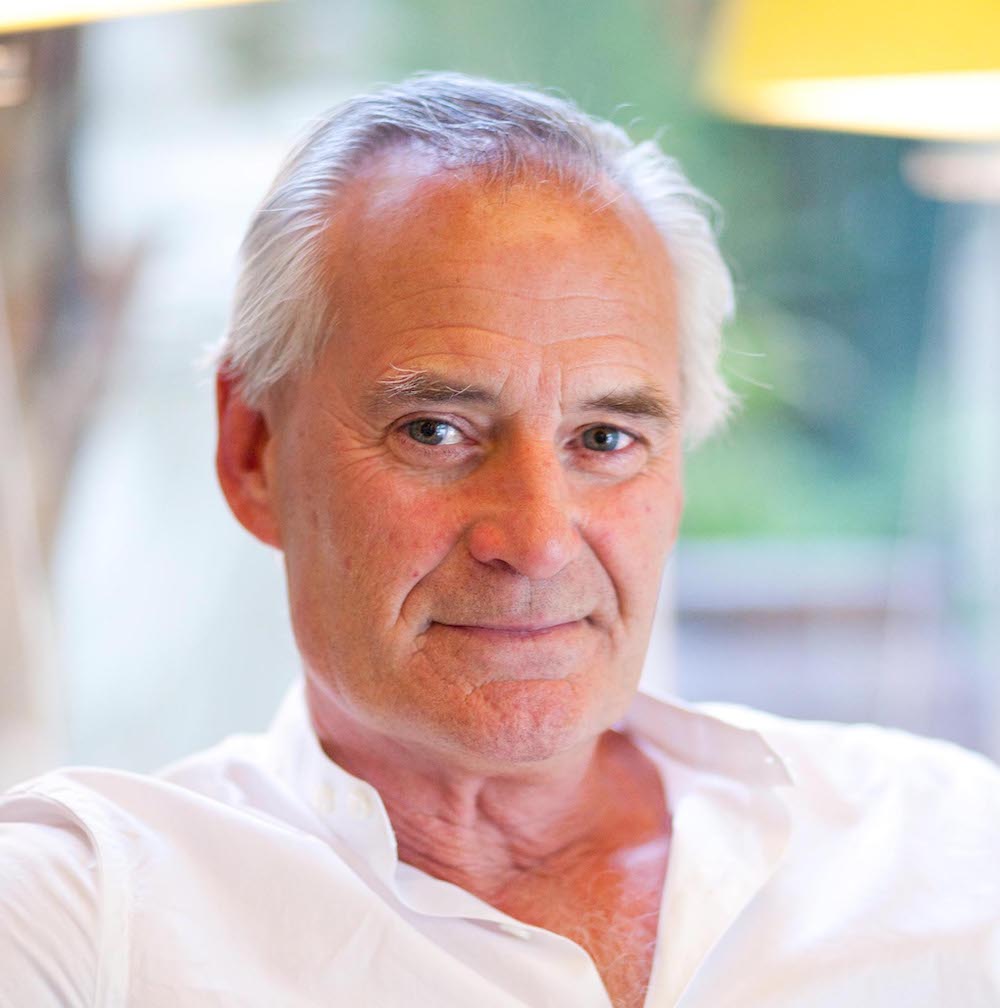Q&A with Ken Bolan of Talisman
Ken Bolan founded Talisman in 1982. Originally operating in Dorset he moved the business to London in 2006 where they eventually settled into the iconic Art-Deco store on the New Kings Road. Packed full of treasures the high ceilings and generous spaces allow for a dazzling collection of large show stopping pieces to be included in the collection – as well as a trove of smaller decorative antiques.
Talisman also produces the Talisman Bespoke range which includes sofas, chairs, stools, cabinets and consoles inspired by the forms and iconic movements of the 20thCentury. All details such as size & finish can be specified by the client – ensuring that each piece is both unique and also fits perfectly into its new home.
They have a fantastic selection of unique gifts (starting from as little as £45) and you are sure to find something for even the most fussy of recipients. Ahead of the last-minute Christmas rush we sat down with Ken to talk about the origins of Talisman, a look to the future and his take on the interiors industry as a whole.

Ken, thank you for taking the time to talk to us. Firstly, tell us a little about your background and how you came to set up Talisman?
I opened my first store in Switzerland in 1973. Back then we sold English mahogany furniture from the later 18th& early 19thCentury, plus lots of leather chesterfields and wingchairs etc. The whole thing was very James Bond and the English style and life was very fashionable. It was great fun, very profitable and we sold all over Europe. To go with our James Bond theme, we even sold an Aston Martin DB5 drophead. In those days the price was under £30,000. Oh!! How I wish I had kept that one.
You are well known within the interiors industry, how hard was it to establish yourself when you started?
Coming back to Britain in 1982 I continued in the first instance to sell English antiques. Within a year I was bored, and a good friend gave me a great contact in Paris. From the first load we never looked back, dealers, decorators and the public queued at our doors. So yes, really lots of hard work, but we became established pretty quickly.
Are there any iconic pieces that you are either particularly proud to have found, or wish that you still could get your hands on?
There have been so many!
- For fun and profit, the Aston Martin is now worth around £2,000,000!!
- The discovery of a Roman statue of Europa and the Bull. I bought the bull from a dealer as 19thCentury, I felt it was either 18thCentury or Renaissance. No one agreed with me including the major auction houses. I exhibited the bull at the Olympia Antiques Fair and sold it to a client of Anthony Outred for a dealer’s price on the condition that they told me what they thought it was. They completely blew me away with the Roman 1stCentury attribution. A week later I found the original figure of Europa in a country house garden. It turns out that they had bought the whole thing from an estate in 1958, didn’t like Europa and removed her. They latterly sold the bull in the 1990’s to a dealer and by that time had forgotten about dear Europa!
- Finally, the most delicate 18thCentury Swedish painted cupboard that I sold to Liz Frink. This was back in 1983 and Liz offered to swap sculpture for the cupboard. At that time, I couldn’t afford to do this, so, Liz agreed to pay by instalments. I still have her IOU’s somewhere. I would love to have her work, but equally the cupboard, which was the most expensive purchased at that time.
As well as a great eye for antiques you also have a reputation for spotting some of the best contemporary artists – where do you tend to find these emerging talents?
I have always been attracted to the visual arts, but I am probably not ideal as an art dealer, they do so much ground work; it appears that in many cases the signature is the most relevant part of the work. For me it is all visual and down to the quality of the work and its execution.
When you are buying antiques are you disciplined about what is for you and what is for the showroom, or do you just buy what you like and decide at a later date?
I am extremely disciplined for what I buy for home and the showroom. When I buy for Talisman there has got the be a commercial aspect along with style and quality. For me personally cost comes last and I can be much more experimental in my choice.
You have been based in your showroom on the Kings Road for a number of years, how do you feel the area has changed since you first arrived?
There is a huge change in passing trade, but that is throughout the high street, so of course social media and online sales appears to be the way forward. We have a really sensational showroom with beautifully displayed stock. Every professional expresses their appreciation, but we now sell more online that through the store directly.
What do you see as the biggest challenges currently facing the interiors industry?
If you are talking about contemporary rather than vintage it has to be the quantity of goods that are coming on the market, however private clients still require the services of a good interior designer.
With regard to original vintage the challenge has got to be education. We have seen an abundance of reproduction coming to the market and a lot of people just can’t see the difference between the original and repro. Often they do after six months or so when they have fallen in love with the original and want a divorce from the repro.
Are there any trends or styles that you think are due to make a come back?
Believe it or not I see a lot of younger people buying back into antiques. However, I do not think that they will buy much in the high street as the auction houses have finally got their acts together and made buying from them more accessible. Plus, online auctions are very popular. The sad part is the knowledge is gradually lost.
On reflection each decade has a defining look, how do you think people will describe the current style of interiors in years to come?
I think that people will look back on the last decade as a bit of ‘Brave New World’. People went on a discovery mission and looked back at all the great designers from the last part of the 20thCentury. From this a new confidence has been born and we see so much more of an experimental design on both architecture and interiors.
What does the future hold for Talisman, and for you personally?
So, Talisman is again at a crossroads. We are currently negotiating on premises in central London. They won’t be on the same scale as our present ones as most of our 4,000 items of stock will be housed in our country warehouse with everything available online. My intention is that my staff all take a more senior role in the business and a stake holding through shares. I still want to be very actively involved but the online business isn’t really me.

